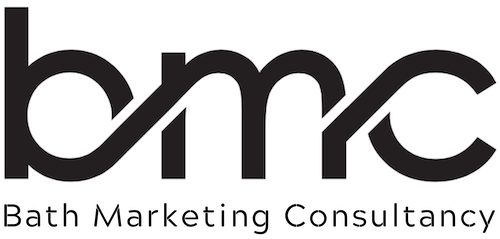Sometimes it’s impossible to decipher the wood from the trees when it comes to developing a digital marketing strategy. There are so many online platforms available these days and the vast majority are free to configure making each one saturated with millions of companies “shouting” online.
Similarly, some companies quickly configure accounts on platforms like Twitter just to be “on there.” They then do nothing with them and subsequently have accounts with no activity, no interaction and no real point. This actually damages a companies’ marketing rather than supports it as there is nothing worse than looking at a time line to discover that the last tweet or blog update was in 2016!
Putting together an effective digital marketing strategy is a common challenge since many businesses know how vital digital and mobile channels actually are for acquiring and retaining customers. But they don’t seem to have a plan to how they intend to engage with their suspects and prospects or even a plan as to what content to use, when or even on which platform.
I also think there can be a fear that a massive strategy report is required which then requires a huge execution budget, but we believe that lean planning works best. Start with a separate digital marketing plan defining what you want to say, why and to whom. i.e do you want to enhance your “digital footprint” and sector credibility, raise awareness or target specific search terms and drive more traffic to your website.
Either way, begin with some R&D to find out which platforms your competitors are using and what are they saying. Look at what content are they posting. Similarly, research whether they are running Google adwords and if so, what terms do they target.
Then talk to your clients. What platforms do they use? If you are an SME, Twitter is a good platform to use to market your business. If you sell to consumers, then Facebook will be key and you may well consider implementing Facebook ads.
You need to make the case for an investment in digital marketing and then create an integrated digital plan which is part of the overall marketing plan – digital should be fully aligned and becomes part of business objectives.




